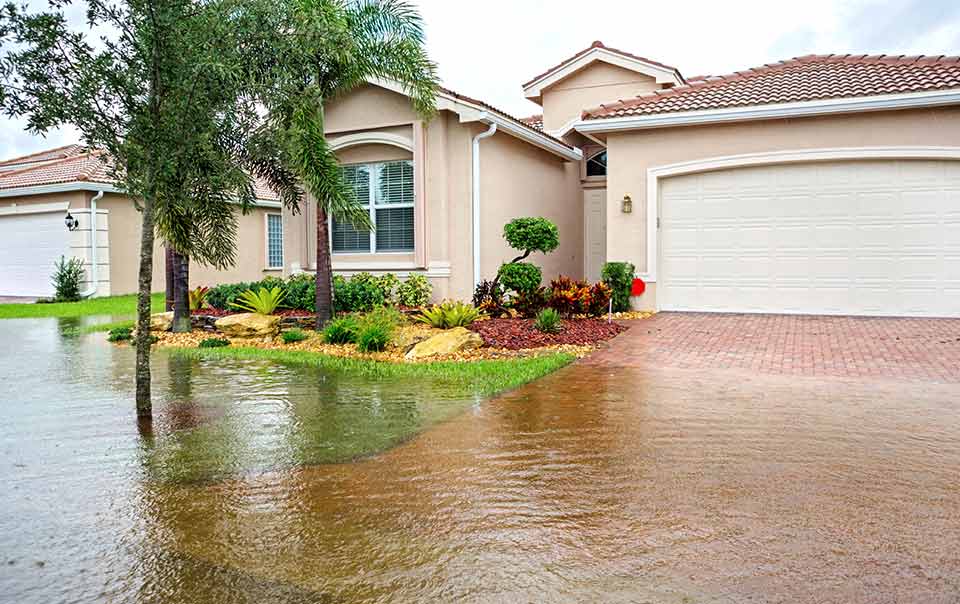Flood insurance
Covering Sump Pumps: Protecting Your Investment

Protecting Your Investment with Sump Pump Coverage
Sump pumps are crucial in preventing water damage in basements and lower-level areas. Securing coverage for these essential devices shields you from potential financial burdens associated with repairs or replacements.
Understanding Sump Pump Coverage: A Comprehensive Shield
Sump pump coverage typically falls under additional endorsements or as a part of a comprehensive homeowner’s insurance policy. It protects against damage caused by sump pump failure, providing coverage for repairs or replacements in specific circumstances.
Common Coverage Inclusions: What’s Protected
Sump pump coverage usually includes protection against water damage caused by pump failure due to mechanical issues, power outages, or certain malfunctions. It often covers cleanup costs and property damage caused by water intrusion.
Exclusions and Limitations: Knowing the Boundaries
While sump pump coverage offers valuable protection, it’s essential to understand its limitations. Some policies might exclude coverage for gradual water damage or flooding from natural disasters, emphasizing the need for additional flood insurance.
Importance of Regular Maintenance: A Prerequisite
Routine maintenance of your sump pump is crucial to ensure coverage validity. Insurance providers might require proof of regular maintenance, such as professional inspections or documented self-checks, to honor claims.
Cost Considerations: Adding Value to Insurance
Adding sump pump coverage to your policy might incur an additional cost, but it’s a valuable investment. The expense of coverage is significantly lower than potential repair or replacement costs resulting from a malfunctioning pump.
Comparing Policies: Finding Comprehensive Protection
When considering sump pump coverage, compare policies from different insurers. Assess the extent of coverage, exclusions, deductibles, and premiums to find a policy that best suits your needs and offers comprehensive protection.
Seeking Specialized Coverage: Flood Insurance Considerations
As sump pump failures are often linked to flooding, consider acquiring flood insurance, especially if your area is prone to floods. While sump pump coverage is valuable, flood insurance ensures broader protection against flood-related damage.
Documentation and Records: Ensuring Claim Validity
Maintaining records of your sump pump’s installation, maintenance, and any repairs is vital. Detailed documentation can support your insurance claims and increase the likelihood of receiving coverage in case of pump failure.
Consulting Insurance Professionals: Expert Guidance
Insurance policies can be complex, and understanding the nuances of sump pump coverage might be daunting. Consulting insurance professionals or agents can provide clarity and ensure you acquire adequate coverage.
Securing Peace of Mind with Sump Pump Coverage
Considering the significance of sump pumps in safeguarding your property, securing comprehensive Sump Pump Coverage is a prudent step. This coverage not only protects your investment in the sump pump but also shields you from potential financial setbacks resulting from water damage.
Shielding Against Disaster: Flood Damage Protection

Absolutely, here’s the article:
Shielding Against Disaster: Flood Damage Protection
Flood damage protection is critical for safeguarding homes against the devastating impact of floods. Implementing preventive measures and adequate insurance coverage is key to minimizing risks and ensuring financial security.
Understanding Flood Risks
Understanding the potential risks is crucial. Analyzing flood-prone areas, historical flooding data, and proximity to water bodies aids in comprehending the specific risks a property faces.
Implementing Protective Measures
Implementing protective measures is proactive. Elevating electrical systems, installing flood barriers or sandbags, and waterproofing foundations are essential to minimize flood damage.
Securing Comprehensive Insurance
Securing adequate flood insurance is paramount. Obtaining coverage that includes structural repairs, property replacement, and content restoration safeguards against financial losses.
Conducting Regular Maintenance
Regular maintenance reduces vulnerability. Ensuring proper drainage, inspecting and repairing roofs or seals, and maintaining gutters prevent potential entry points for water.
Preparing Emergency Plans
Having emergency plans in place is crucial. Creating evacuation routes, assembling emergency kits, and knowing emergency contact information aids in swift responses during floods.
Engaging in Community Preparedness
Community preparedness enhances safety. Participating in local flood preparedness programs and community initiatives fosters a collective effort in flood prevention and response.
Elevating Electrical Systems
Elevating electrical systems prevents damage. Raising switches, sockets, and electrical wiring above potential flood levels reduces the risk of electrical hazards.
Rapid Response and Recovery
Swift response minimizes damage. Immediately disconnecting electrical appliances, moving valuables to higher levels, and starting cleanup after a flood mitigate losses.
Conducting Post-Flood Assessments
Conducting post-flood assessments is vital. Assessing damages, documenting losses, and promptly contacting insurance providers expedite the claims process.
Conclusion
Flood damage protection isn’t just about recovery; it’s about preparation and prevention. Implementing preventive measures and securing adequate insurance safeguards homes and eases recovery after floods.
Embracing Flood Resilience
Investing in flood damage protection signifies resilience. It’s a commitment to safeguarding homes and communities against the catastrophic impact of floods.
This article emphasizes the importance of Flood Damage Protection, outlining preventive measures, insurance coverage, and emergency preparedness to mitigate the impact of floods on homes and communities.
